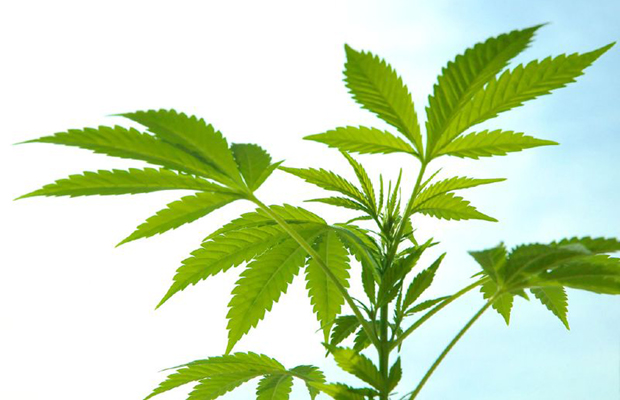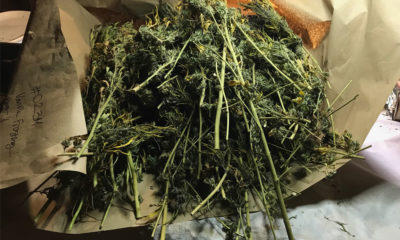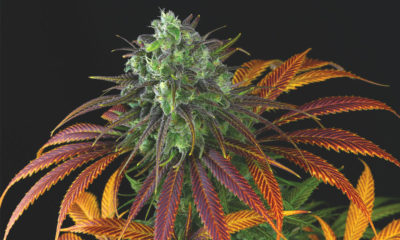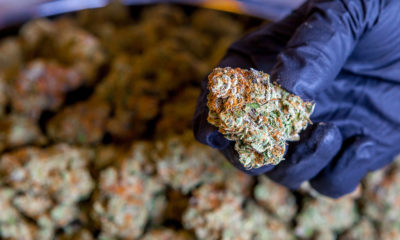
Politics
Colorado Makes Plans to Revise Marijuana Production Standards
There has been almost nothing but good news regarding Colorado and its trailblazing journey as the first state to legalize personal cannabis use by adults over the age of 21. Reports of reduction in violent crime and boosts in tax revenue for schools and other public departments have bolstered the state’s morale and set the stage for other states to fearlessly follow suit.
The Marijuana Enforcement Division (MED), which oversees both the medical and recreational marijuana programs, originally only allowed business owners with previous experience selling medical marijuana open recreational retail locations. Initial regulations set in place by officials put a cap on the maximum amount of cannabis growers and cultivators could legally produce. Although cannabis production caps were originally based on the number of patients a medical dispensary had, the rules were held in place once locations became recreational dispensaries in an effort to eliminate marijuana leaving the state. However, reports indicate that original production caps were more harmful to residents’ wallets, driving the cost for a single ounce of weed up to $500 — and that’s before adding in taxes which can surpass 30 percent in some regions.
Updated, revised cultivation rules released during a public hearing earlier this week introduced new production caps that would allow indoor marijuana warehouses to produce up to 3,600 plants while greenhouse and outdoor growers can produce up to 1,800 plants. Previously, under the original policy, cultivators were only allowed to grow inside of warehouses. With applications for new growers becoming available this summer, many eager outdoor cultivators have expressed dissatisfaction with the limitation on greenhouse and outdoor grow sites. However, because these sites often yield twice as many plants as indoor warehouses, officials are hesitant to offer looser restrictions.
“We spend a considerable amount of time looking at indoor versus outdoor grows,” said Meg Collins of the Cannabis Business Alliance. “Frankly, the outdoor and greenhouse grows just produce more marijuana, which is why we have a plant count limit.”
The proposed policy changes also include lowering licensing fees for cannabis growers and sellers by 20 percent and including rules that make it mandatory to provide cannabis-infused product consumers with additional guidance to avoid eating too much.
Barbara Brohl, head of the state Department of Revenue, which regulates marijuana production and oversees the MED, will make the ultimate decision on the provisional regulations. Rules are expected to be finalized by the end of the month, although there is no official deadline for approving the regulations.
What do you think about the new regulations? Will they help or hurt the cannabis industry in Colorado? Let us know your thoughts in the comments.























